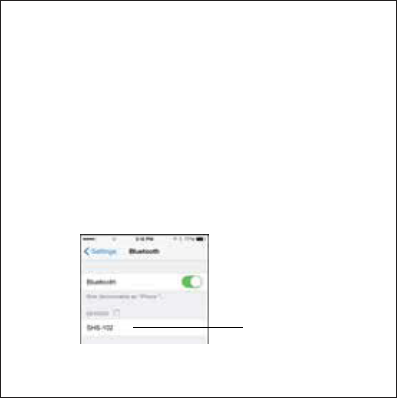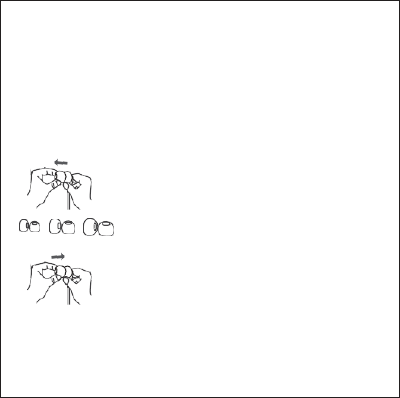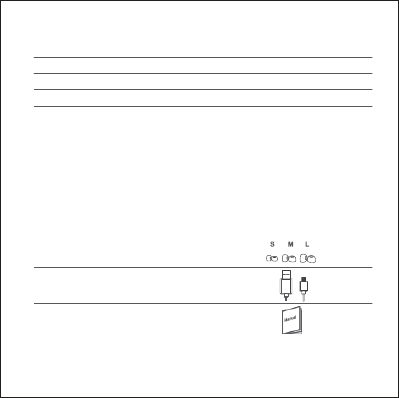Gigastone GB-5421B Bluetooth headset User Manual SHS 102 W
Gigastone Corp. Bluetooth headset SHS 102 W
15_GB-5421B UserMan

GB-5421B
Bluetooth Headset

Step 1
Pairing GB-5421B
LED light
Power / Accept Call button
• Short press Power button to switch on.Long Press Power
button for 3 seconds to senter into pairing mode.(LED will
flash red and blue)
Step 2
Click to pair
• Search for GB-5421B on your phone, click to pair.
• If requested use the pairing code “0000”.

Making / Receiving Calls
Volume up / Next track
Accept / Reject calls / Play / Pause button
Volume down / Previous track
• Short press Accept to accept and end calls
• Double click Accept button to redial last number
• Long press Reject button to reject calls
Listening to Music
• Press Play / Pause button to Play or Pause your music
• Press “+” to increase the volume, Long press to skip the song
• Press “-” to decrease the volume, Long press to skip to
previous song

Charging
• Connect with the provided microUSB to USB-A charging cable
• If using a charger, please make sure the voltage is 5V 1Amp
• Do not use any charger with a higher voltage
• Headset will be fully charged in 1 hour
Earplugs
Small Medium Large
Use the suitable
earplug for the best
Music & Calling
experience

• 1 Charging cable
• 1 User Manual
Technical Specifications
• Bluetooth Version 4.2
• Talk Time 3 Hours
• Charging Time 2 Hours
• Standby time 120 Hours
• Operating Distance 10 Meter
In the Box
• 3 X Ear Plugs

NOTE: This equipment has been tested and found to comply with the limits for a
Class B digital device, pursuant to part 15 of the FCC Rules. These limits are
designed to provide reasonable protection against harmful interference in a
residential installation. This equipment generates uses and can radiate radio
frequency energy and, if not installed and used in accordance with the
instructions,
may cause harmful interference to radio communications. However, there is no
guarantee that interference will not occur in a particular installation. If this
equipment does cause harmful interference to radio or television reception, which
can be determined by turning the equipment off and on, the user is encouraged
to
try to correct the interference by one or more of the following measures:
- Reorient or relocate the receiving antenna.
- Increase the separation between the equipment and receiver.
-Connect the equipment into an outlet on a circuit different from that to which the
receiver is connected.
-Consult the dealer or an experienced radio/TV technician for help
Changes or modifications not expressly approved by the party responsible for
compliance
could void the user's authority to operate the equipment.
This device complies with Part 15 of the FCC Rules. Operation is subject to the
following two conditions:
(1) this device may not cause harmful interference, and
(2) this device must accept any interference received, including interference that
may
cause undesired operation.